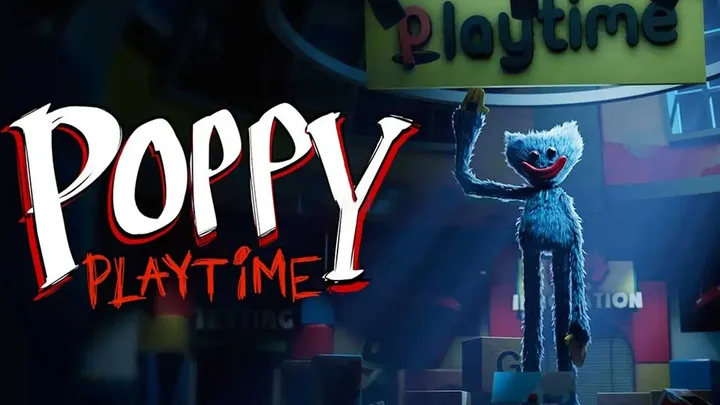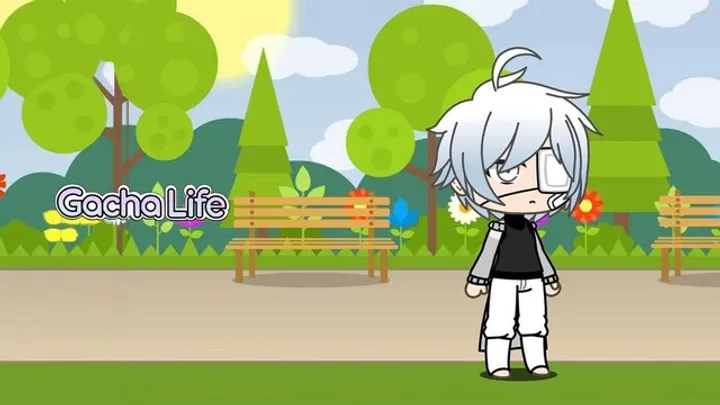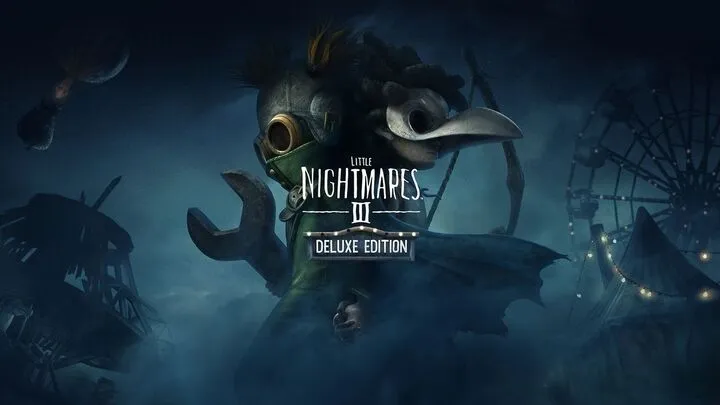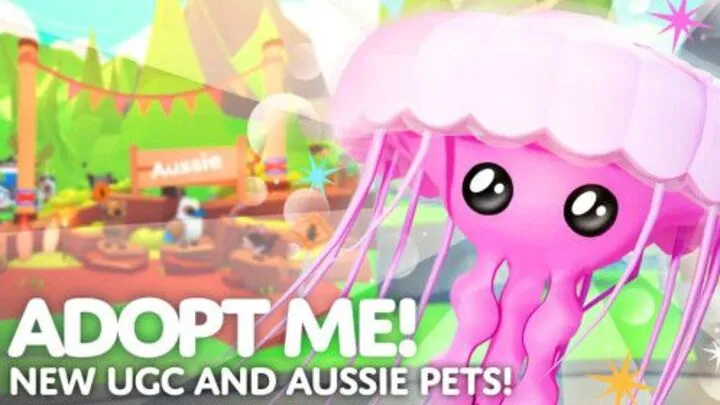
Resident Evil Village, the eighth installment in the iconic survival horror franchise, was released by Capcom in May 2021. Building on the foundations laid by its predecessor, Resident Evil 7: Biohazard, the game introduces players to a sprawling village filled with grotesque creatures and a haunting atmosphere. One of the most compelling issues within Resident Evil Village is the intricate relationship between horror elements and narrative development. This article delves into how the game utilizes horror to enhance storytelling, explores character motivations, and examines the impact of setting on the player experience.
The Setting: A Character in Itself
The Village as a Living Entity
The setting of Resident Evil Village is not just a backdrop; it is a central character that shapes the narrative and player experience. The village is steeped in a rich history, laden with mystery and horror. From the moment players enter the village, they are met with an atmosphere that is both eerie and captivating. The design of the environment, with its winding pathways and hidden secrets, encourages exploration while instilling a sense of dread.
The architecture of the village, influenced by Eastern European folklore, contributes to its unsettling ambiance. As players navigate through the dilapidated structures and fog-laden forests, they encounter remnants of a once-thriving community now plagued by supernatural forces. This setting effectively immerses players in a world where danger lurks around every corner, heightening the tension and enhancing the horror experience.
The Role of the Castle
Central to the village is Castle Dimitrescu, the imposing residence of the game's primary antagonist, Lady Alcina Dimitrescu. The castle serves as a focal point in the narrative, representing both a physical and thematic stronghold of terror. Its grandeur contrasts sharply with the horror that unfolds within its walls, creating a jarring juxtaposition that is emblematic of the series.
The castle is rich with lore, serving as a repository of the village's dark past. As players explore its opulent rooms and hidden chambers, they uncover clues about the Dimitrescu family and the origins of the horrors plaguing the village. This blend of exploration and narrative discovery fosters a deeper connection to the setting, as players piece together the story while grappling with the ever-present threat of danger.
The Horror Elements: Crafting Fear Through Design
Psychological Versus Physical Horror
Resident Evil Village masterfully balances psychological and physical horror to create a multifaceted experience. Psychological horror manifests through the constant sense of dread and anxiety that permeates the game. Players are often left in a state of suspense, unsure of what lurks in the shadows or what horrors lie ahead. This uncertainty is a hallmark of effective horror design, keeping players on edge and heightening their emotional engagement.
Physical horror, on the other hand, is embodied in the grotesque creatures and monstrous beings that inhabit the village. From the towering Lady Dimitrescu to the relentless Lycans, the game presents a variety of terrifying foes that embody the physical manifestation of fear. These creatures are designed to evoke visceral reactions, utilizing grotesque imagery and unsettling movements to instill terror in players.
The Use of Sound and Visual Cues
Sound design plays a crucial role in amplifying the horror experience in Resident Evil Village. The game employs a dynamic audio landscape, where every creak, whisper, and growl contributes to the atmosphere. Subtle audio cues signal danger, alerting players to the presence of enemies or impending threats. This auditory immersion enhances the tension, making players acutely aware of their surroundings.
Visual design also contributes to the horror elements, with lighting and color palettes used to evoke specific emotions. The use of shadows and dimly lit environments creates a sense of unease, while vibrant colors may signal danger or intrigue. This interplay between sound and visuals creates a cohesive horror experience that draws players into the narrative.
Character Development and Motivations
Ethan Winters: A Reluctant Hero
At the heart of Resident Evil Village is Ethan Winters, the protagonist whose journey unfolds amidst the chaos. Ethan's character is defined by his determination to rescue his kidnapped daughter, Rose. This motivation drives the narrative and shapes his interactions with other characters, both allies and adversaries.
Ethan's development throughout the game reflects his transformation from a reluctant hero to a figure willing to confront unimaginable horrors. His emotional journey is marked by moments of vulnerability, fear, and resilience. Players witness his struggles as he confronts not only external threats but also his own fears and limitations.
Lady Dimitrescu: The Antagonist with Depth
Lady Alcina Dimitrescu stands out as one of the most memorable antagonists in gaming history. Her imposing presence, combined with her elegance and charisma, creates a complex character that transcends the traditional villain archetype. While she embodies physical horror, her character is also steeped in tragedy and loss.
As players learn more about Lady Dimitrescu and her family, they uncover the motivations behind her actions. Her desire for power and control is rooted in a deep-seated fear of mortality, reflecting the broader themes of desperation and survival that permeate the game. This complexity adds depth to her character, making her not only a formidable foe but also a tragic figure in her own right.
Thematic Exploration: Fear, Family, and Survival
Thematic Underpinnings
Resident Evil Village delves into themes of fear and survival, exploring how these elements shape the characters and their experiences. The fear of loss, particularly in Ethan's quest to save his daughter, is a driving force that influences his actions. This theme resonates with players, as it taps into primal instincts related to family and protection.
Additionally, the game examines the lengths individuals will go to survive in a world filled with danger. Characters are often faced with moral dilemmas, forcing them to make difficult choices that blur the lines between right and wrong. This exploration of survival adds emotional weight to the narrative, elevating the stakes for both Ethan and the player.
The Impact of Horror on Narrative
The horror elements in Resident Evil Village serve not only to frighten players but also to enrich the narrative. The grotesque creatures and terrifying environments reflect the psychological turmoil experienced by the characters. As players navigate through the horrors of the village, they are drawn deeper into the story, experiencing the characters' fears and struggles firsthand.
Moreover, the horror serves as a catalyst for character development. The challenges faced by Ethan and other characters force them to confront their fears, pushing them to evolve and adapt in the face of adversity. This dynamic interplay between horror and narrative enhances the overall experience, creating a compelling and immersive journey.
Player Experience and Engagement
Immersion Through Exploration
Resident Evil Village encourages exploration, allowing players to navigate its richly designed environments and uncover hidden secrets. The game rewards curiosity, with collectible items, lore entries, and upgrades hidden throughout the village and castle. This emphasis on exploration fosters a sense of immersion, as players become fully engaged in the world around them.
The design of the environments also enhances player experience. The stark contrasts between the village's serene exterior and the horrors lurking within create a captivating juxtaposition. This contrast invites players to delve deeper, exploring the intricacies of the world while unraveling the mysteries of its inhabitants.
The Role of Puzzles and Challenges
Puzzles are a key element of gameplay in Resident Evil Village, providing players with opportunities to engage their minds while navigating the horror. These challenges often require players to think critically and creatively, enhancing the overall experience. The satisfaction of solving a puzzle or overcoming an obstacle adds depth to the gameplay, rewarding players for their efforts.
Moreover, puzzles can serve as a narrative device, revealing crucial information about the story and characters. As players solve puzzles, they gain insight into the lore and history of the village, enriching their understanding of the world. This integration of puzzles into the narrative creates a more cohesive and engaging experience.
Community Response and Criticism
Reception and Critique
Upon release, Resident Evil Village received generally positive reviews from critics and players alike. Many praised its atmosphere, character design, and gameplay mechanics. However, some players expressed concerns about certain aspects of the game, including pacing and the balance between action and horror.
Critics noted that while the game effectively builds tension in its early chapters, it sometimes shifts towards action-oriented gameplay, which may detract from the horror experience. This critique sparked discussions within the community about the balance between different gameplay elements and the overall direction of the franchise.
Engaging with the Community
CD Projekt Red has actively engaged with the community to gather feedback and address concerns raised by players. The developer has released patches and updates to refine gameplay mechanics, enhance balance, and improve overall performance. This responsiveness demonstrates a commitment to player satisfaction and a desire to create the best possible experience.
Community engagement has also taken the form of discussions on social media, forums, and fan events. Players have shared their thoughts, theories, and experiences, contributing to a vibrant discourse surrounding the game. This dialogue fosters a sense of community and connection among players, enhancing the overall experience.
The Future of Resident Evil
Expanding the Universe
As Resident Evil Village transitions into the broader Resident Evil franchise, the potential for expansion and exploration of its universe is significant. The game has introduced new characters, lore, and themes that can be further developed in future titles. The connections between Resident Evil Village and previous entries in the series provide a rich foundation for storytelling.
As Capcom continues to explore the world of Resident Evil, players can anticipate new narratives, characters, and gameplay experiences that build upon the foundations established in Village. The potential for additional DLC or spin-off titles offers exciting possibilities for fans of the series.
Embracing Innovation
The success of Resident Evil Village highlights the importance of innovation in game design. As the gaming industry evolves, developers must continue to push the boundaries of storytelling, gameplay mechanics, and player engagement. Capcom's willingness to experiment with new ideas and incorporate player feedback will be crucial for the future of the franchise.
By embracing innovation while honoring the legacy of the series, Capcom can create experiences that resonate with both longtime fans and newcomers alike. The future of Resident Evil holds immense potential, and the lessons learned from Village can guide the direction of upcoming titles.
Conclusion
Resident Evil Village stands as a testament to the power of horror, narrative, and player experience in gaming. The intricate interplay between setting, character design, and gameplay mechanics creates a rich and immersive environment that captivates players.


















